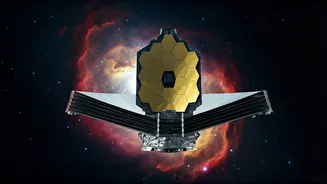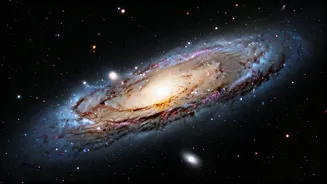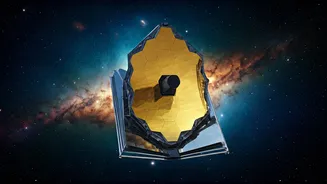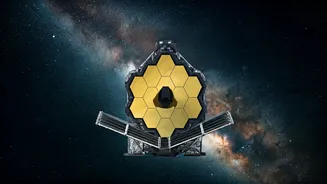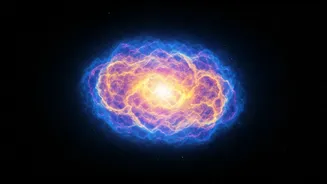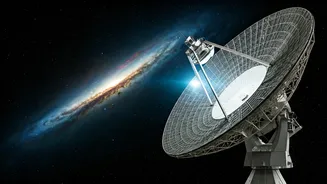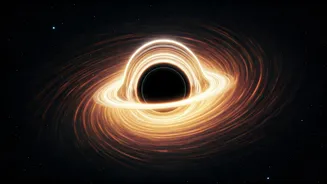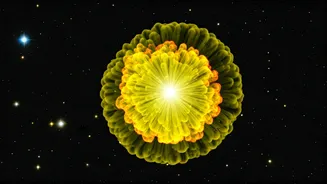Distant Starlight Detected
The primary objective of the James Webb Space Telescope (JWST) is to delve deep into the cosmos, and among its many tasks is the search for the initial
stars that lit up the universe. These first stars, formed in the initial moments following the Big Bang, are pivotal to understanding the cosmos's development. Detecting their light is an immense challenge due to the immense distance, the intervening dust, and the redshifting of their light as it travels across vast cosmic expanses. The telescope's infrared capabilities are essential because the redshifting effect shifts the light from these early stars into the infrared spectrum, which JWST is designed to observe. This allows scientists to peer into the universe's infancy, providing valuable insights into how the first galaxies and stars came into being. This is a crucial step towards comprehending the universe's evolution.
Unlocking Cosmic Secrets
Discovering these initial stars would provide a treasure trove of information about the universe's formative years. The light from these ancient stars can reveal the properties of the material they were made of. Furthermore, the early distribution of these stars would give clues about how the first galaxies were structured. The JWST is also equipped to examine the chemical composition of the earliest stars, as well as the types of elements they produced and scattered throughout space when they reached the end of their lives. These elements would have seeded the interstellar medium, influencing the subsequent formation of stars and planets. This information will help scientists refine models of star formation and galaxy development, offering a more complete picture of cosmic evolution. This research not only offers a glimpse into the past but also enables the possibility to understand the present universe.
Observational Challenges Ahead
The task of observing the first stars is complicated by several factors. The first is the sheer distance, as the light from these stars has travelled for billions of years before reaching JWST. Secondly, the light is extremely faint because of its immense distance and the scattering effect of cosmic dust. In addition, the light is affected by redshifting as the universe continues to expand. This phenomenon stretches the light waves, pushing them into the infrared part of the spectrum. JWST's highly sensitive infrared instruments are specifically engineered to counter these challenges. The telescope will use its advanced technology to try and isolate the faint signals of the first stars, enabling scientists to differentiate them from other light sources, like distant galaxies. Success in this effort depends on optimal operating conditions and the long-term observation strategy of JWST.
Significance of the Findings
The data gleaned from JWST's observations of these early stars could profoundly change our comprehension of the cosmos. By studying the first stars, scientists can learn more about how the universe transitioned from a state of homogeneity to the complex structure we observe today, including galaxies, planets, and even life. Furthermore, if these early stars can be accurately measured, it could help in confirming the standard model of cosmology or suggesting revisions to the model. Discovering the characteristics of these first stars can also reveal insights into the elements created in the initial star-forming processes. These insights can alter current understanding of how heavier elements emerged in the universe. The JWST's mission presents an unparalleled chance to examine the universe's most distant past and to transform our understanding of cosmic history.
